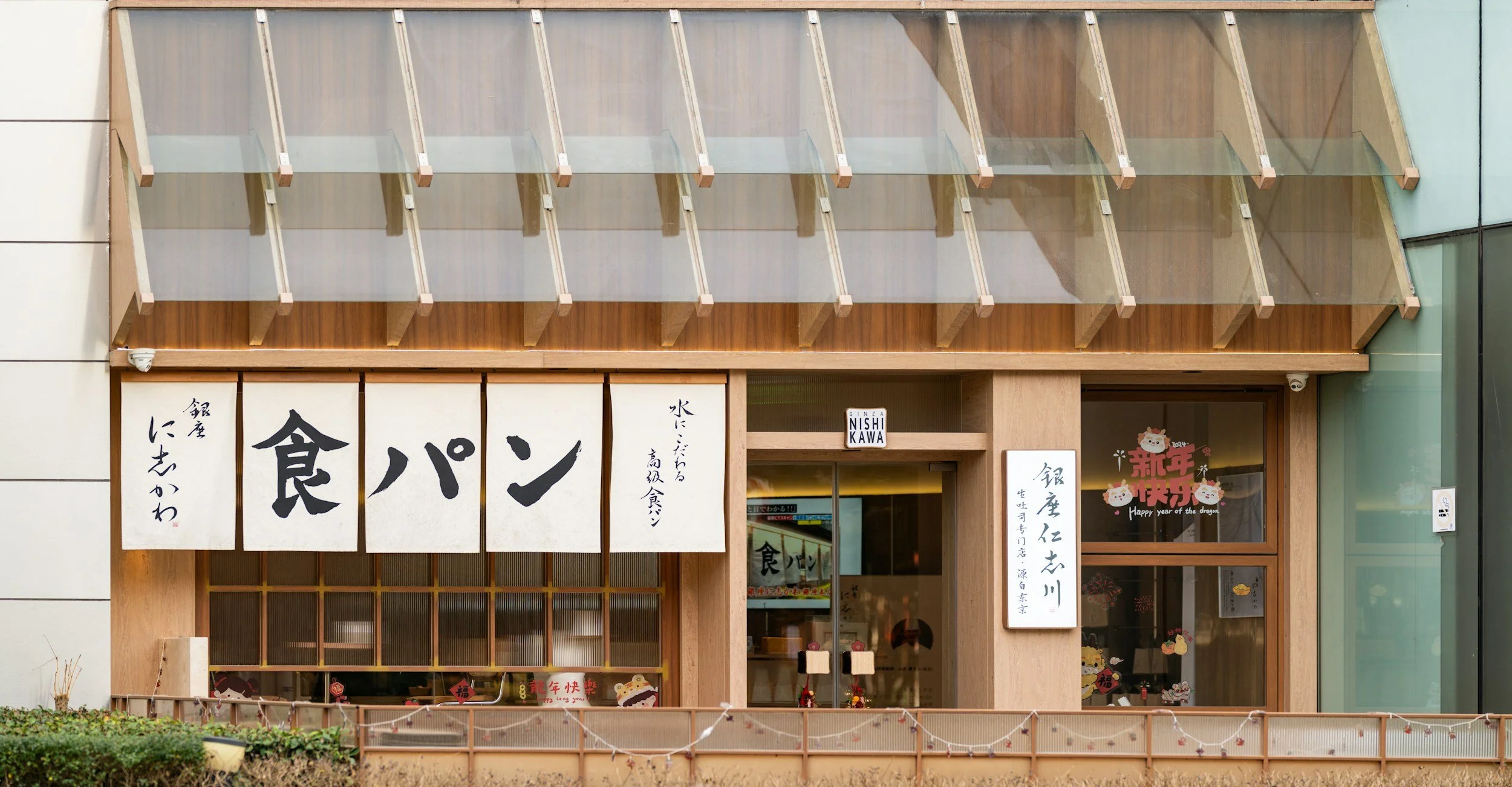Design Authentic Place using Wabi Zabi Principales
“A garden is not a space you create by force.
You must listen to what a space is telling you to become.” Shunmyō Masuno
Many believe Japanese aesthetics aim for beauty. The truth is, they aim for Presence ; a deep authenticity where beauty is not designed but revealed through being.
It all begins with the relationship you cultivate with space, treating it as a living being with its own character, rhythm, and silence. Japanese aesthetics aren’t about how things look, but how they feel when you enter their presence.
Before going deeper, it’s essential to understand the shift from mind perception to body feeling ; an embodied awareness of imperfection, transience, and simplicity expressed through the principles of wabi-sabi. These are not decorative ideas but states of awareness that transform how you perceive, feel, and create.
At the end of this article, I’ll guide you toward a way to experience these principles directly — to live and design from presence, to see beauty not as an achievement, but as something that naturally unfolds when we become fully aware.
During my Shinrin-Yoku training in Japan, and through years of research on the profound relationship between Beauty and Nature, I discovered that Beauty cannot be imposed; it is born from presence. Mastery in craftsmanship lies in capturing this essence. true craftsmanship requires a meditative state and surrender.
Wabi-Sabi Aesthetics in Design:
Wabi-sabi, summed up in three words : Effortless, Imperfect and Transience . It was born from Zen Buddhism and the tea ceremony traditions. It emerged as a counterpoint to lavish, polished art, celebrating instead the humble beauty of wood, stone, and earth shaped by time. In gardens, pottery, and architecture, wabi-sabi invites us to find depth and grace in what is incomplete, irregular, or slowly fading.
The 12 essential principles rooted in Japanese aesthetics
No sophistication, no artificiality.
You can choose one object at a time and gradually transform your space.
This approach is exciting because it encourages you to be selective, prioritizing authenticity over trends.
1. Wabi (侘) – Quiet Simplicity
Wabi emphasizes understated beauty found in simplicity and modesty. It celebrates the elegance of the unadorned and the rustic, often associated with Zen Buddhist teachings. As Leonard Koren notes, "Wabi-sabi is the most conspicuous and characteristic feature of Japanese culture."
2. Sabi (寂) – Patina of Time
Sabi refers to the beauty that comes with age and wear, embodying the serenity and dignity of things that have weathered time. It appreciates the natural cycle of growth and decay, finding grace in the impermanent.
3. Shibui (渋い) – Subtle Elegance
Shibui describes a refined aesthetic that is simple yet profound, characterized by subtlety and restraint. It is an elegance that reveals itself gradually, offering a deeper appreciation over time.
4. Yūgen (幽玄) – Mysterious Grace
Yūgen conveys a profound and mysterious beauty, suggesting that which is beyond words. It evokes a sense of the sublime and the ineffable, often experienced in nature or art that leaves a lasting impression without explanation.
5. Ma (間) – Meaningful Space
Ma is the concept of negative space or the interval between elements, emphasizing the importance of emptiness in creating balance and harmony. It is the pause that allows for reflection and appreciation.
6. Fukinsei (不均整) – Balanced Asymmetry
Fukinsei values irregularity and asymmetry, reflecting the natural world where perfect symmetry is rare. It suggests that beauty lies in the uneven and the imperfect, challenging conventional notions of balance.
7. Seijaku (静寂) – Tranquil Stillness
Seijaku embodies a state of calm and tranquility, often found in quiet moments of solitude. It is the serenity that comes from simplicity and the absence of distraction, allowing for inner peace.
8. Datsuzoku (脱俗) – Freedom from Convention
Datsuzoku encourages breaking free from societal norms and conventions, embracing originality and authenticity. It is about transcending the ordinary to discover the extraordinary in the unconventional.
9. Kanso (簡素) – Simplicity and Elimination of Clutter
Kanso advocates for simplicity by eliminating unnecessary elements, focusing on the essential. It promotes clarity and functionality, allowing the true beauty of objects and spaces to emerge.
10. Shizen (自然) – Naturalness
Shizen emphasizes the importance of naturalness, advocating for designs that are in harmony with nature. It encourages the use of natural materials and forms, creating environments that feel authentic and unforced.
11. Yūgenbi (幽玄美) – Beauty of Mystery
Yūgenbi refers to the beauty found in mystery and subtlety, where not everything is revealed. It invites contemplation and a deeper connection, often experienced in art or nature that suggests more than it shows.
12. Okashi (おかし) – Delight and Playfulness
Okashi introduces an element of delight and playfulness, adding charm and lightness to design. It encourages joy and spontaneity, balancing seriousness with a sense of fun.
Creating a Wabi-Sabi-inspired place begins with awareness.
It is about noticing what already exists and allowing it to shape the design. A tree trunk used as a side table, pottery that carries visible irregularities, or textiles showing signs of wear are not imperfections; they are reminders of natural cycles and human presence. These choices support simplicity and authenticity, helping a home feel grounded and coherent with its environment.
Wabi-Sabi also trains us to observe how a space affects our body and nervous system. Instead of chasing perfection or trends, it asks us to slow down, engage our senses, and recognize what brings calm or tension. This awareness becomes a guide for design decisions, ensuring that every object, texture, and material contributes to balance rather than overload.
It is a timeless approach that shifts design from decoration to resonance creating places that hold and support us in daily life.
If this topic sparks something in you, I’ve put together a short guide to take you deeper. It’s all about shifting from mind-based design to body-based design. Chances are, your own place is already whispering that it’s ready for a transformation , you just need to listen.




